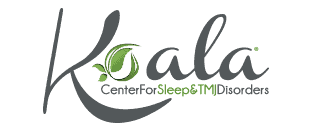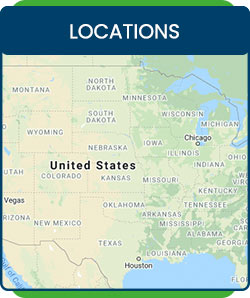Treatment of Pediatric Sleep Apnea with Oral Appliances
When Summer’s Over: Why Sleep Should Be On Your Back-to-School Checklist
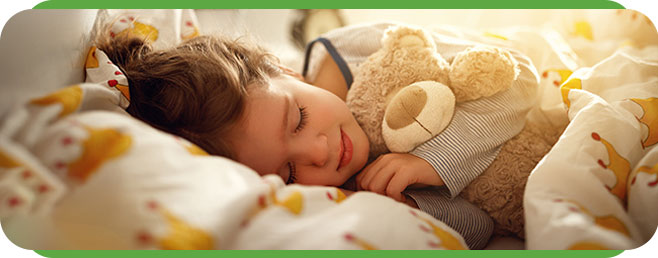
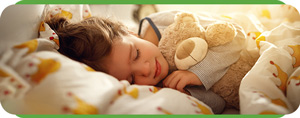
You have the pencils, the crayons, the new backpacks, and your child is outfitted with new clothes and shoes. Back-to-school is a busy and exciting time of year, for parents and children alike. While shopping for school supplies is important, this is also an excellent time to reevaluate your child’s health. Many children will get their yearly physical around this time, especially if enrolled in sports. In addition, getting an eye exam or a dental check-up is often a good idea to make sure your child is healthy and prepared for the new year. However, there is one other health screening that may be in order before lacing up those shoes and heading to the classroom: a sleep screening.
Sometimes after a long summer of staying up and sleeping in late, children are not quite ready for the rigorous schedule of the school year. But while getting your child readjusted to that early bedtime and wake-up is important, it may not be enough. The truth is that children will be more alert and focused in class if they are getting both the quantity and quality of sleep they need. The National Sleep Foundation (NSF) recommends that children ages 5-12 get about ten to eleven hours of sleep each night.
When a child is not going to bed early enough or is having a fitful night’s sleep, the problems carry over into the classroom. In fact, the NSF notes that “signs of sleepiness” will often “turn up as behavioral and learning difficulties.” These signs may include attention problems, hyperactivity or bad behavior. On the other hand, researchers at McGill University and the Douglas Mental Health University Institute in Montreal found that students who had the right quality of sleep performed better in school, specifically in math and language arts. The researchers found a link between “academic performance” and something they termed “sleep efficiency,” which is the proportion of the amount of time you slept to the time you spent in bed.
The key here again is quality. Sometimes all a child needs to get that quality sleep is better sleep hygiene: a strict bedtime, reduced screen time in the afternoon and evening, set meal times, and so forth. But what if you’ve enforced all these rules and your child still isn’t sleeping well? That’s when it might be time to talk to your child’s pediatrician about a sleep screening.
Even though you might be doing everything right, your child’s sleep may be inefficient. In cases like these, your child might be suffering from a Sleep Related Breathing Disorder. These disorders range from snoring to serious disorders such as Obstructive Sleep Apnea (OSA). The first step your child’s doctor will take in identifying a problem will be to take a careful history. This should be followed by a physical examination of your child’s airway as well as examining for abnormalities of your child’s palate or facial structure. Sometimes what a doctor will find is that there is swelling of the tonsils and adenoids, in which case you might be referred to an ENT for possible surgery.
Many times a child will be suffering from chronic allergies. Dr. Rod Willey, founder of the Koala® Center For Sleep & TMJ Disorders, puts it this way, “if you have a small child with lots of allergies, he can’t breathe through his nose because he is all stuffed up. Therefore to breathe, he has to put his tongue on the bottom of the mouth. When this becomes a habit, the upper arch of the mouth stays really narrow, causing the roof of mouth to be vaulted and high. That means the sinus is narrow and shallow. This multiplies the nasal problems he is already having and complicates the breathing issues.” Additionally, if there is a narrow upper arch, the lower jaw can’t come forward, resulting in reduced air space at the back of the throat. This can lead to even more snoring, labored breathing and disrupted sleep.
By identifying all of the factors that are contributing to your child’s breathing issues, you and your child’s physician can develop a plan of action. For example, treating the allergies will help address the cause of the mouth breathing, but you will also need to address the narrow arches and retruded lower jaw if you want to avoid life-long breathing issues. This is when seeing a dentist familiar with functional orthodontics can help.
At the Koala® Center For Sleep & TMJ Disorders our doctors and staff are trained to fit your child with a HealthyStart appliance and address your child’s particular needs. HealthyStart appliances are non-pharmaceutical and non-invasive. Treatment involves fitting your child with a soft, comfortable appliance, similar to a mouth guard, that is generally worn at night. The appliance helps to develop the airway and hold it open during sleep. Additionally, it will encourage proper jaw development and prevent mouth breathing, resulting in a better night’s sleep for your child.
For more information on these appliances or any of our services, contact the Koala® Center For Sleep & TMJ Disorders. We provide treatment for Snoring, Sleep Apnea, and Temporomandibular Joint Disorder (TMD). By getting to the root of your child’s sleep problems, you will be setting them up for better rest and a more successful school year.
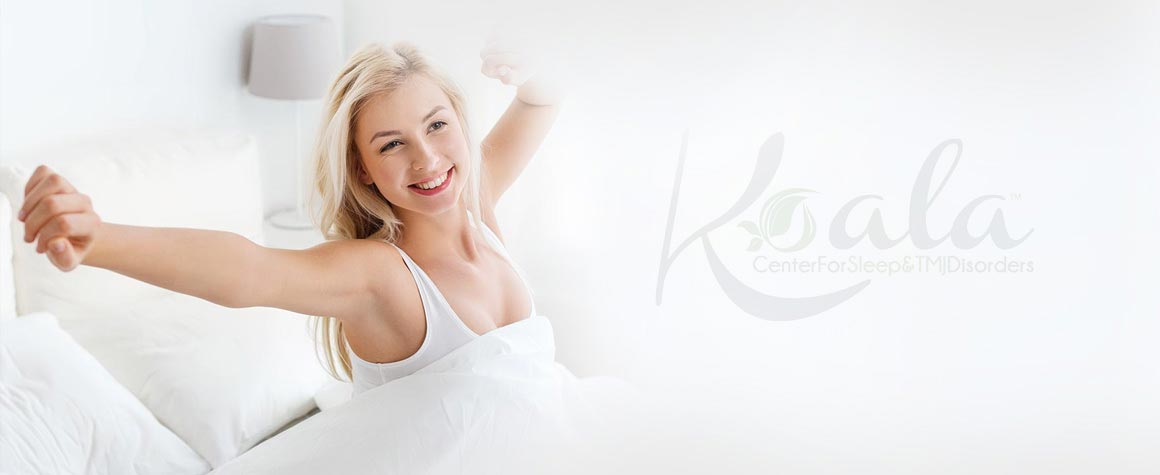
Additional Services You May Need
▸ KoalaKIDZzz®
▸ Sleep Apnea
▸ Snoring
▸ TMJ Disorder
▸ Fatigue
▸ Sleep Disorders
▸ Weight Loss
▸ CPAP Alternative
▸ Oral Appliances
